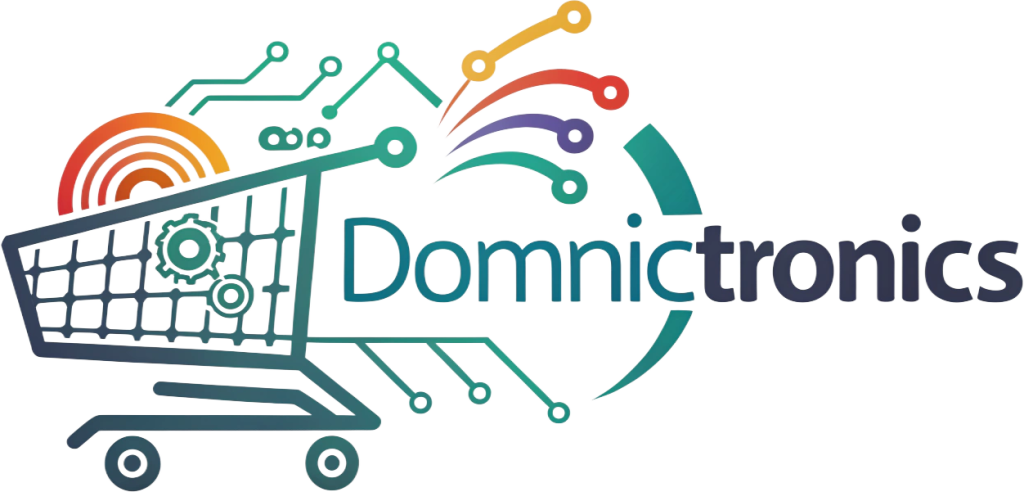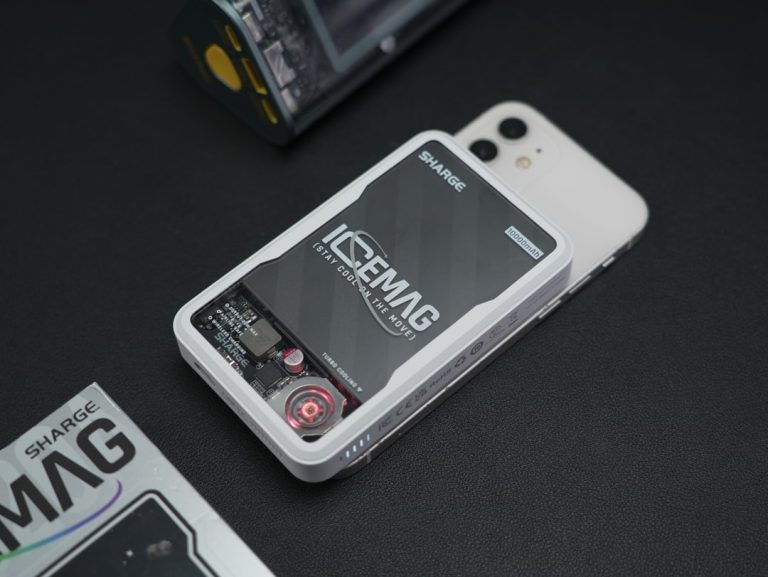In an era where technology has transcended mere utility to become an essential part of our daily lives, tech gadgets have emerged as both tools and companions. From the smartphones that keep us connected to the smart home devices that enhance our living environments, these gadgets represent a blend of innovation, creativity, and convenience. But as we dive into the world of tech gadgets, we must ask ourselves: what are the implications of our dependence on these devices, and how can we navigate this landscape responsibly?
First, let’s explore the remarkable range of tech gadgets that have become ubiquitous in our lives. Smartphones are undoubtedly at the forefront of this revolution, serving as mini-computers that fit snugly in our pockets. These devices are not just communication tools; they are our cameras, calendars, gaming consoles, and even fitness trackers. But have you ever stopped to think about how much time you spend on your phone? According to recent studies, the average person spends over four hours a day on their device. This brings us to the psychological impact of our gadgets.
Research suggests that excessive use of smartphones can lead to a host of mental health issues, including anxiety and depression. The constant notifications and the pressure to stay connected can be overwhelming. This is where the concept of ‘digital detox’ comes into play. Taking time away from our gadgets can help us regain focus and enhance our productivity. Consider implementing tech-free zones in your home or scheduling regular breaks to unplug and reconnect with the world around you.
Now, let’s shift gears and talk about the burgeoning market for smart home devices. These gadgets, ranging from smart speakers to intelligent thermostats, promise to simplify our lives and make our homes more efficient. Imagine walking into your home, and with a simple voice command, the lights dim, your favorite playlist starts, and the temperature adjusts to your liking. Sounds dreamy, right? However, the luxury of convenience often comes at a price. Many of these devices can be quite expensive, leading to the question of whether we should splurge on high-end options or seek budget-friendly alternatives.
For those on a tighter budget, there are plenty of affordable gadgets that can still enhance your tech experience. For instance, brands like Wyze offer smart home products that don’t break the bank, such as cameras and bulbs that can be controlled via an app. The key is to assess what features you truly need and find gadgets that offer the best value for your money. Don’t be swayed by brand prestige; sometimes, lesser-known brands can deliver excellent performance at a fraction of the cost.
Sustainability is another crucial aspect of our tech gadget consumption. As the world grapples with environmental issues, many tech companies are taking strides to produce eco-friendly devices. Look for gadgets made from recycled materials or those that prioritize energy efficiency. For example, solar-powered chargers and energy-efficient smart plugs can reduce your carbon footprint while keeping your devices charged.
In addition to purchasing new gadgets, consider the DIY approach to tech. There’s a growing community of tech enthusiasts who share tutorials on building your own devices, whether it’s a Raspberry Pi media center or a smart mirror. Not only does this save money, but it also gives you a sense of accomplishment and a deeper understanding of how these gadgets work.
As we embrace the latest trends in tech gadgets, it’s essential to approach them with a sense of balance and mindfulness. These devices should serve to enhance our lives, not control them. So, the next time you find yourself scrolling through endless gadget reviews or standing in line for the latest release, take a moment to reflect on what you truly need. In a world overflowing with choices, the most significant investment we can make is in our well-being. Tech gadgets can indeed bridge the gap between dreams and reality, but it’s up to us to navigate that journey wisely.





